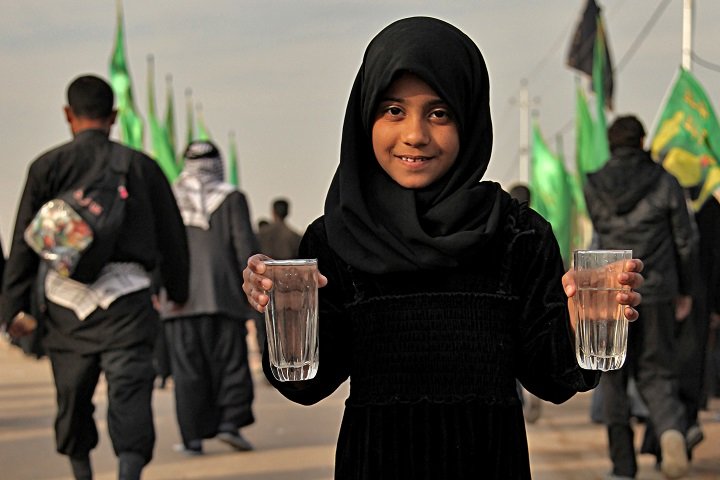In some Shi’ah and Sunni hadith resources, it has been said that the Messenger of Allah in the first stages of inviting to Islam had forbidden Muslims to visit graves of the deceased but after a while; ziyāra of the people of grave was permitted on condition that no word mixed with any ungratefulness would be uttered.
Ziyāra authorization date after its original prohibition is sometimes stated to have been at time of the battle of Khaybar (7 AH), sometimes it is said at time of the battle of Honain (8 AH) and sometimes it is said it was after the Prophet (PBUH&HP) visited his mother’s grave at Abwa’ which was probably after the Conquest of Mecca in the 8 AH. In any case, it is certain that after the 8th year from Hijra, ziyāra of the people of grave was allowed and thenceforth the Prophet (PBUH&HP) and his companions used to go for ziyāra of the graves.
In regard to the reason for its original prohibition it is said that in the Age of preIslam jāhilīyya- as understood from the first and second Verses of Surah Takathur- people going to the graves of their deceased used to boast of the numerousness of their (dead) relatives. This type of ziyāra, which was the habit of Meccan polytheists, was reproached. Therefore, it can be understood that ziyāra - due to the misbehavior of people in a certain period of time - was prohibited and with correction of such behavior and departure from habits of jaheliyya, after establishment of Islam, this prohibition was lifted.
Many narratives exist about the Prophet (PBUH&HP) going on ziyāra of the people of grave and recommending it to Muslims and teaching them its rituals, from which permissibility of ziyāra is understood. It has been narrated that whenever the Prophet (PBUH&HP) went to the Baqi’ cemetery, he used to speak softly to the dead and pray and seek forgiveness for them. It has also been said that the Prophet (PBUH&HP) while passing graves, used to recite salam to the people of grave and speak about the living joining them in the near future and seek forgiveness from Allah for them all. In addition, in narratives it has been mentioned particularly that the Prophet (PBUH&HP) used to ziyāra his father’s and mother’s gravesides. According to narratives the holy Prophet (PBUH&HP) and following him Fatimah Zahra (PBUH) repeatedly went for ziyāra of the martyrs’ graves and in particular the grave of Hamzah the Master of Martyrs and recited salam to them. The Prophet (PBUH&HP) also used to exhort Muslims to go on ziyāra of martyrs’ graves and the grave of Hamzah. Based on Shi’ah hadiths the Imams, like the Prophet (PBUH&HP), used to exhort their followers to go on ziyāra of the people of grave and teach its rituals to them. For instance Imam ‘Ali (PBUH) in the hadith “’arba‘ mi’ah” has considered going on ziyāra of the deceased as cause of joy for them. He has asserted that it is meritorious to request one’s needs and wants from Allah next to the graves of one’s father and mother after praying for the two of them. Hadiths also recommend ziyāra of the people of grave on early Friday mornings before sunrise.
Some hadiths say that the dead recognize persons visiting their graves; ziyāra makes them happy so much that they feel anxious and fearful after the visitor has left. In many Shi’ah hadiths much emphasis has been placed on the ziyāra of the Imams’ graves, in particular Imam ‘Ali, Imam Hussain, and Imam Reza (PBUT). Also ziyāra rituals for the Imams have been explained in detail. Recommending ziyāra of certain personages from the progeny of the Messenger of Allah such as ziyāra of Hazrat Maʿsoomah and promising Heaven for it and also recommending ziyāra of Abdul ‘Azim Hasani in Ray and equating its reward with ziyāra of Imam Hussain (PBUH) in Karbala in order to confirm these places, are of other permissibility confirmers for ziyāra in the ShiʿahTradition.
Source:
Pilgrimage “Ziyāra” from the Viewpoint of the Holy Quran, Hadiths and Theological Discourses-An Entry from Encyclopaedia of the World Islam [p 10-13].
Author: Maryam Kiani Farid
Translated by Mojganeh Saffarnia.

